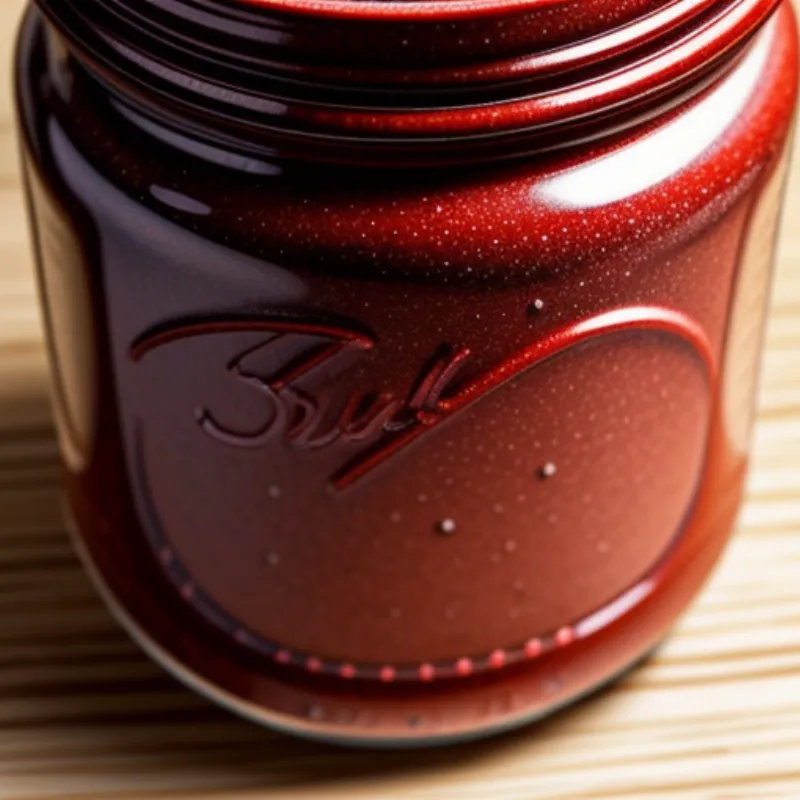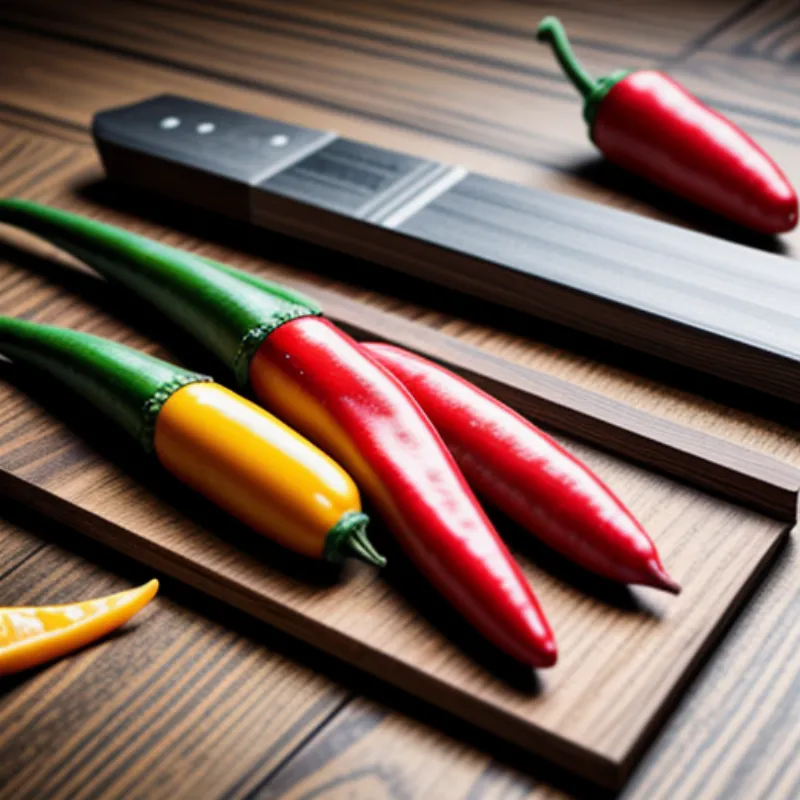Fermented chili paste, often called chili garlic paste or simply chili paste, is a staple in many cuisines around the world. From adding a kick to stir-fries and noodles to spicing up marinades and dips, this versatile condiment is a must-have for any food enthusiast. Today, we’ll embark on a culinary adventure to explore the magic of fermentation and create our own jar of fiery goodness.
Making fermented chili paste at home allows you to control the ingredients and customize the heat level to your liking. And the best part? It’s incredibly easy! With a few simple steps, you’ll be rewarded with a flavorful and aromatic paste that will elevate your cooking to new heights.
Gather Your Ingredients
To create this culinary masterpiece, you’ll need the following ingredients:
- 250g fresh red chili peppers (choose your preferred variety and adjust the quantity based on desired heat level)
- 50g garlic cloves, peeled
- 2 tablespoons sea salt
- 1/4 cup distilled water (optional, for adjusting consistency)
Note: When selecting chili peppers, consider the level of heat you prefer. For a milder paste, opt for Anaheim or Poblano peppers. If you’re looking for a fiery kick, habaneros or Scotch bonnets will do the trick.
Equip Yourself
Before we delve into the fermentation process, let’s gather the essential tools:
- Cutting board
- Chef’s knife
- Gloves (optional, but recommended when handling hot peppers)
- Food processor or blender
- Clean glass jar with a lid
Let the Fermentation Begin!
Here’s a step-by-step guide to crafting your own fermented chili paste:
- Prep the chilies: Wash and dry the chili peppers thoroughly. Remove the stems and roughly chop them. If desired, you can remove some of the seeds for a less spicy paste.
- Blend it up: Combine the chopped chilies, garlic cloves, and sea salt in a food processor or blender. Pulse until a coarse paste forms.
- Adjust the consistency: If the paste is too thick, add the distilled water, one tablespoon at a time, until the desired consistency is achieved.
- Jar it up: Transfer the chili paste to a clean glass jar, leaving about an inch of headspace at the top. Press down firmly to remove any air bubbles.
- Fermentation time: Seal the jar tightly and leave it to ferment at room temperature for 5-7 days. During this time, you may notice some bubbling and expansion – this is a good sign that the fermentation process is working its magic.
- Check and store: After 5-7 days, check the paste for your desired level of tanginess. Once it reaches your liking, transfer it to the refrigerator to slow down the fermentation process.
Tips for Flavorful Fermentation
Here are some expert tips to enhance the flavor and quality of your fermented chili paste:
- Salt is key: Using the correct amount of salt is crucial for both flavor and preservation. Aim for a 2-3% salt concentration for optimal results.
- Temperature matters: Fermenting at a stable room temperature (around 70-75°F) is ideal. Avoid extreme temperatures, as they can hinder the fermentation process.
- Patience is a virtue: Allow ample time for fermentation. The longer you ferment, the tangier and more complex the flavor will become.
Serving and Enjoying Your Creation
Fermented chili paste can be used in countless ways. Here are a few ideas to get you started:
- Add a kick to stir-fries and noodles: A spoonful of chili paste adds instant depth and heat to your favorite Asian-inspired dishes.
- Spice up marinades and dips: Elevate your grilled meats or dipping sauces with the bold flavors of fermented chili paste.
- Spread the love: Use it as a flavorful condiment for sandwiches, burgers, or wraps.
FAQs:
Q: Can I use different types of chili peppers?
A: Absolutely! Feel free to experiment with different chili varieties to create your own unique flavor profiles.
Q: How long will the fermented chili paste last?
A: When stored properly in the refrigerator, it can last for several months.
Q: My paste has a slightly sour smell. Is that normal?
A: A slightly sour aroma is to be expected during fermentation. However, if you notice any foul or off-putting odors, it’s best to discard the batch.
 Fermented Chili Paste in a Jar
Fermented Chili Paste in a Jar
 Variety of Chili Peppers
Variety of Chili Peppers
There you have it—your guide to creating a flavorful and versatile fermented chili paste. So why wait? Grab your ingredients and embark on this culinary adventure today! Be sure to check out our other fermentation recipes like How to Make Pickled Napa Cabbage for more homemade goodness. Happy fermenting!
